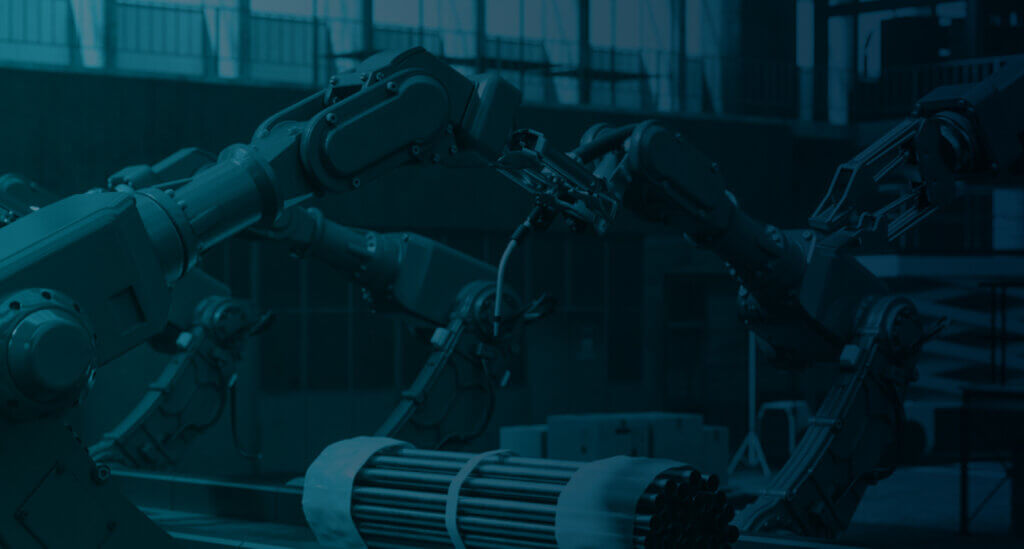
Title: Advancing Salt Analysis with AI: Robotic Imaging Enhances Machine Learning Precision to 99%
In a pioneering development that merges robotics and artificial intelligence, researchers have significantly enhanced their machine learning method for identifying the chemical composition of salts through image analysis of their crystal formations. The team, spearheaded by Oliver Steinbock at Florida State University, has optimized the process by integrating a robotic drop imager—setting the stage for fast, highly precise, and scalable chemical analysis.
Salt Patterns Indicate Chemical Identity
Dried salts typically develop uniquely structured crystal formations. These visually striking designs carry vital information regarding the salt’s molecular structure. Aware of this, Steinbock and his team previously explored this occurrence by capturing images of 7,500 crystallization patterns from 42 various inorganic salts. Their approach extracted 16 parameters from each image and employed a machine learning algorithm to assess the images in a 16-dimensional feature space. This produced fingerprint profiles that are unique to each type of salt and achieved an impressive accuracy of 90%.
Nonetheless, the prior method faced a notable drawback—reliance on human involvement. Tasks such as pipetting solutions and manually adjusting the camera were labor-intensive and compromised reproducibility, which is crucial for a solid scientific approach.
Introducing the Robotic Drop Imager
To resolve these challenges, the team integrated a robotic system into their workflow. The “robotic drop imager” automates the preparation, application, and imaging of salt solutions. Operating continuously, the system can generate an outstanding 2,500 high-resolution images daily, greatly accelerating data collection while minimizing human error.
With this automated framework, the team swiftly expanded their image database to over 23,000 images. These pictures represent deposits from seven different inorganic salts at five concentration levels, providing a more detailed understanding of crystallization patterns.
The image analysis procedure was also enhanced. Researchers refined each image into 47 unique metrics—more than double the previous count—capturing a broader spectrum of crystallographic characteristics such as symmetry, texture, and geometry. When these features were input into their upgraded machine learning model, it reached a 92% accuracy rate for both identifying the type of salt and its concentration. Even more impressively, when concentration was excluded from consideration, the model’s accuracy soared to an almost flawless 99%.
Wider Implications and Future Prospects
The consequences of this advancement are extensive. With a rapidly expanding database and high-precision automated analysis, this methodology could be adapted for various uses beyond academic research. For example, simplified versions could be integrated into smartphone applications for on-site identification of chemicals by environmental scientists or for agricultural soil assessments. It could also enhance safety measures in laboratories through quick identification of unknown substances, thereby preventing dangerous reactions.
Moreover, the scalable nature of the robotic setup guarantees that the dataset can keep growing, encompassing a broader assortment of salts and other crystalline materials. This breakthrough marks a significant step toward democratizing chemical analysis, facilitating accessibility, speed, and reliability through the capabilities of artificial intelligence.
Conclusion
By integrating robotics with machine learning, Steinbock’s team has noticeably improved the accuracy, speed, and consistency of salt composition analysis using dried crystal images. From 90% to nearly 99% accuracy due to expanded datasets and automation, this research showcases the transformative potential of AI-driven tools in chemical science. As the technology progresses, its applications could revolutionize how material identification is approached in both professional environments and everyday situations.